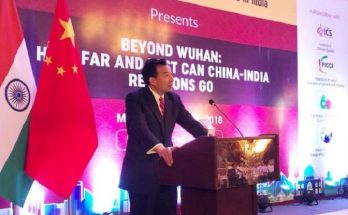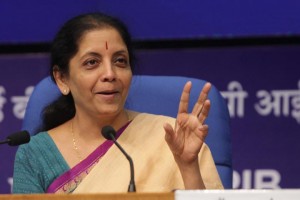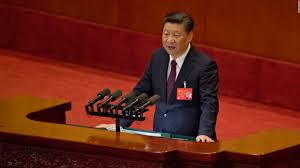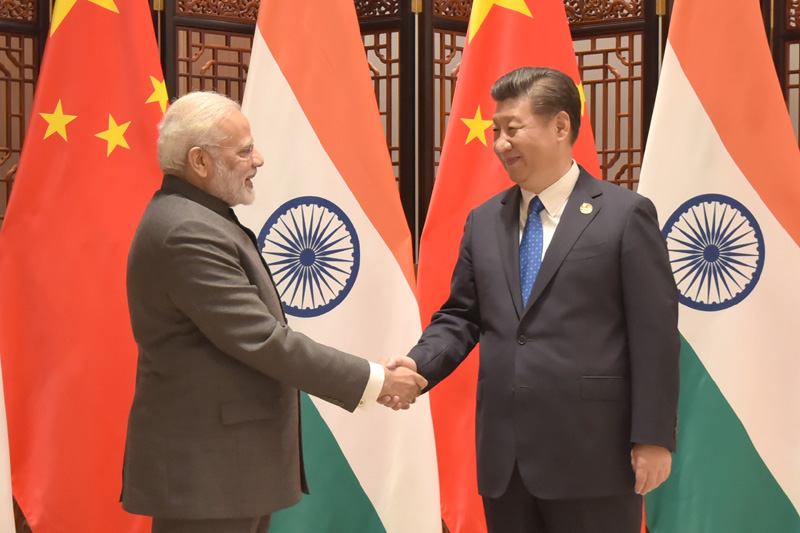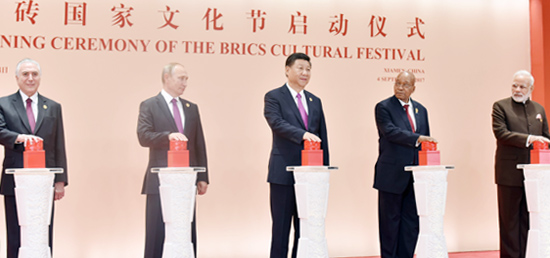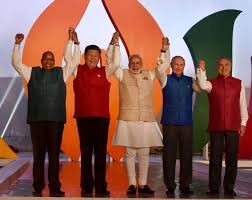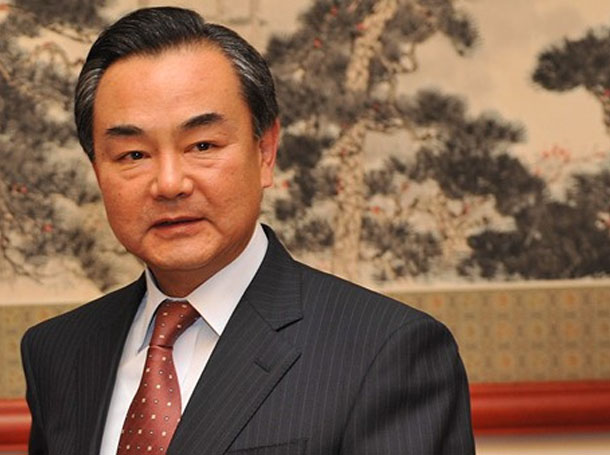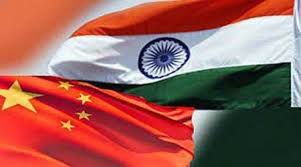Doklam is out, BRICS is in. In the picturesque coastal city of Xiamen, better known for its delicious noodles, entrepreneurial drive and pretty beaches, the sound and fury that accompanied the standoff between India and China on the Doklam plateau appeared a distant echo as India and China set differences aside to bolster the edifice of BRICS. The focus was on convergences and looking ahead, rather than nursing grouse and conspiracy theories as China joined hands with India and other BRICS countries to shape the strongest ever BRICS joint declaration on terrorism.
It was a triumph of Indian diplomacy, but it was also a reflection of the pivotal role of BRICS in fighting common threats and promoting regional stability. The 71-paragraph Xiamen Declaration, if implemented even partially, could be a potential game-changer in strengthening the counter-narrative of emerging powers on a host of geopolitical crises and shaping a new global governance architecture that crystallises aspirations of developing countries.
Looking ahead, both PM Modi and President Xi Jinping have spoken eloquently and convincingly about ushering in “another golden decade” for BRICS, but the key to unlocking the potential of that golden decade will lie in rescuing BRICS from Doklam-like conflicts which could derail not just BRICS, but the larger promise of an Asian century. The resolution of the Doklam crisis paved the way for a reasonably successful BRICS summit in Xiamen, but India and China need to make serious and sustained efforts to start anew and build a largely harmonious and future-looking relationship, without glossing over differences. It’s time, therefore, for a reality check.
Moving beyond Doklam, India and China have to, therefore, fashion a new alphabet of BRICS centred on “Business, Regional Integration, Innovation, Culture and Statesmanship.”
Read More